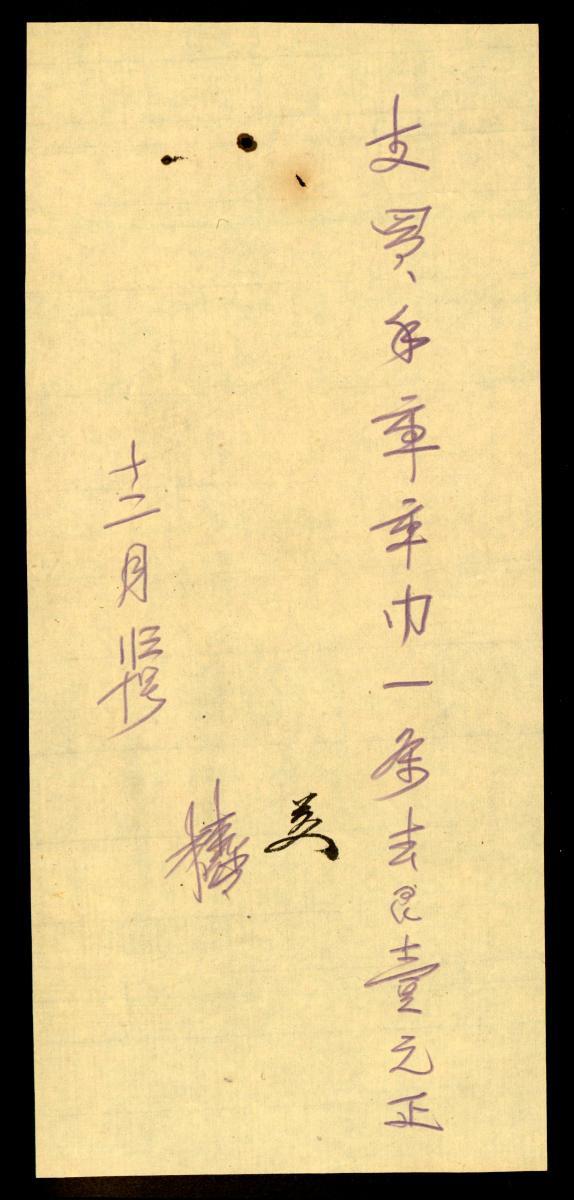Traditional style Balinese paintings typically depict narrative stories and scenes drawn from mythological sources such as Panji stories, known as colloquially as Malat, as well as from the adapted Indian epics the Ramayana and Mahabharata. This particular painting probably portrays the Churning of the Sea of Milk, part of the mythological origin stories related in the early part of the Mahabharata. In it the gods and demons use the great serpent Basuki to churn up the ocean and obtain amerta, the elixir of immortality. Through a ruse the gods succeed in winning the elixir and become eternal.The Balinese customarily produced paintings to decorate temples and palaces, as well as for display in ritual practices. However, after the collapse of the traditional Balinese kingdoms and imposition of Dutch rule in the early 20th century such paintings also came to be produced as commercial works of art for sale. The most well-known source for such paintings was Desa Kamasan, near the court of Klungkung in south eastern Bali. Kamasan was made up of distinct wards known as banjar where specialised craftsperson’s lived and worked as goldsmiths (pande mas), metal and iron smiths (pande), or painters (sangging), among other crafts. Artisans in other areas of Bali produced similar style of paintings, particularly in earlier times but most of these died out long ago. Today works in the traditional style have come to be largely associated with Kamasan.















